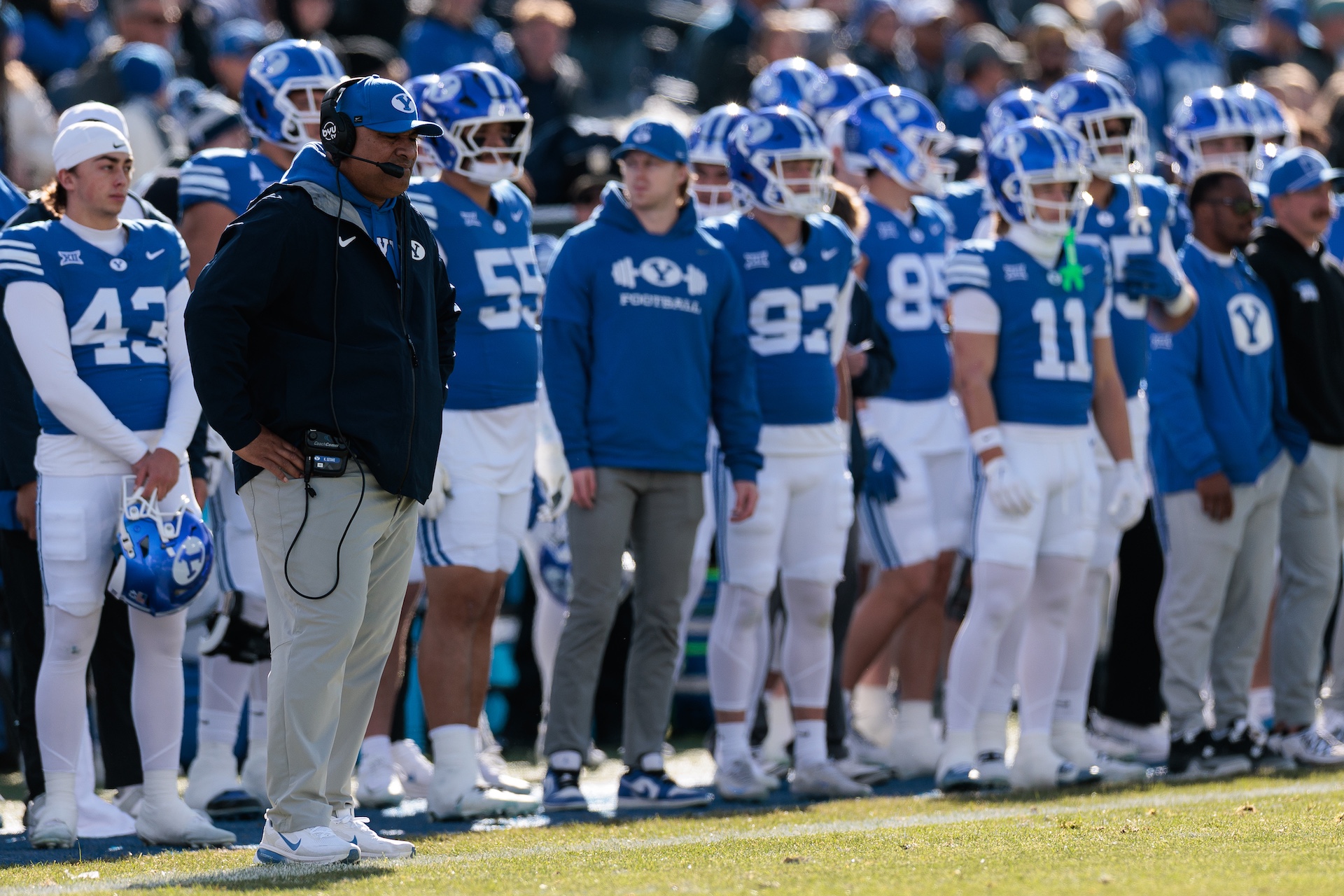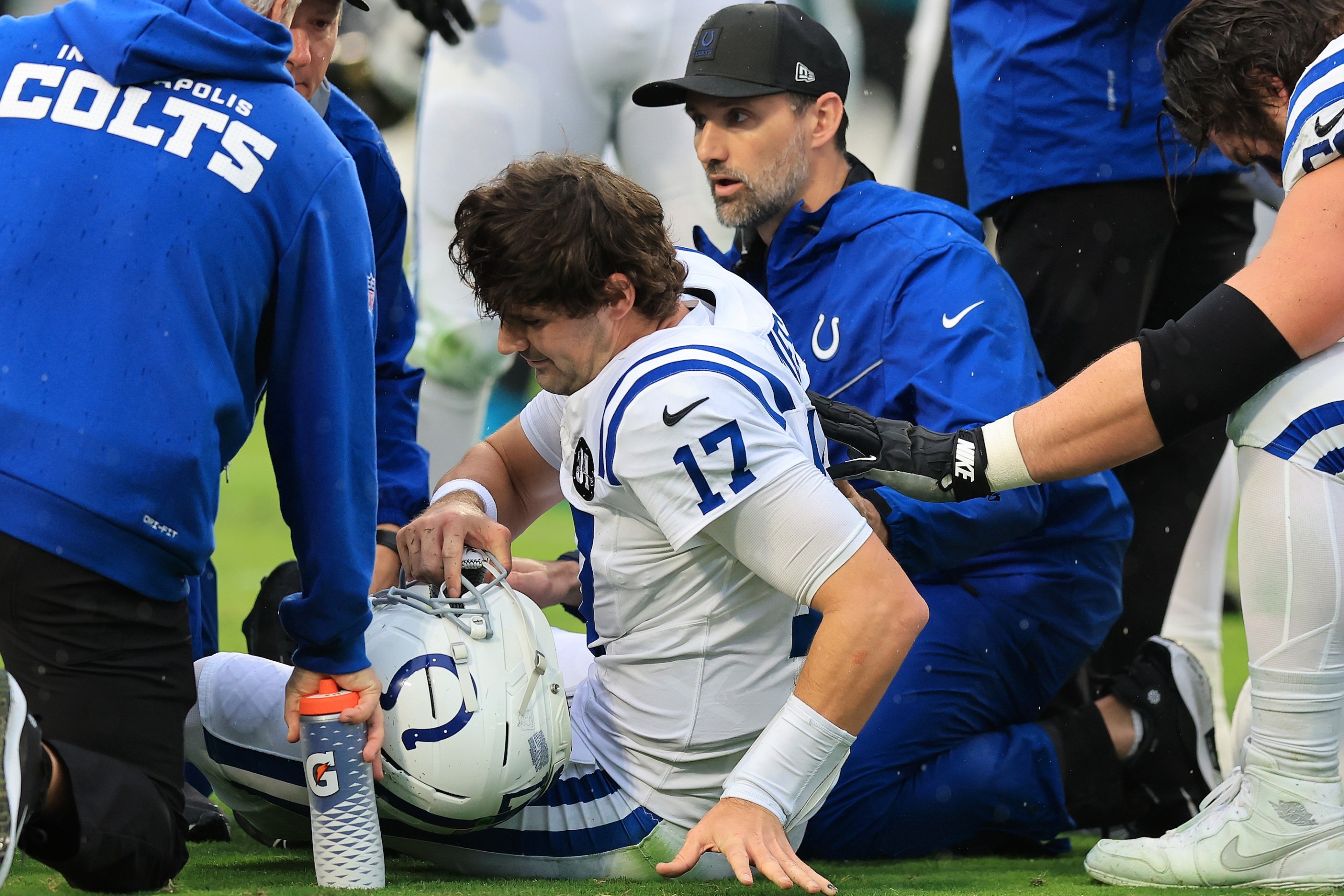Soon after Javier Báez signed a six-year, $140 million contract with the Detroit Tigers, he began the least productive stretch of his MLB career, and I began my new life as the world’s No. 1 Javy Báez apologist. Javy hatred, I thought, was the sign of a dull mind. It linked everything I resented in my fellow Tigers fans: their sourness; their temper; their archaic obsession with “errors”; their belief in a baseball value system that didn’t resemble mine and could never account for the singularity of Javy. It bothered me when the complaints tipped into falsehoods, the insistence that Javy was “lazy,” that he’d gotten his bag in 2022 and then stopped trying.
Of course, I was watching the games and seeing what everyone else saw. Báez's power numbers fell to such lows that the rare home runs he did hit were kind of funny. His on-base percentages had always skewed low—the cost of a free-swinging approach—but three seasons into the contract, they were dire. In 2024, he slashed .181/.221/.294. The less he got on base, the sillier I felt defending him on the grounds of his “baserunning genius.” Like a Joe Biden aide, I had a job to do, and I would do it, but privately, I knew he was cooked.
Which is all to say that Báez’s hot start to the 2025 season is not something even an eternal Jav-timist saw coming. Through 32 games as a well-paid superutility player, Báez is batting .300, and slugging a respectable .455. Little in the underlying numbers says this will last, but by Báez’s own account he’s feeling better at the plate after undergoing season-ending hip surgery last August. Even a regressed-to-the-mean version of Báez couldn’t be worse than last year’s.
Last August also marked the start of the Tigers’ improbable late-season run to the playoffs. When he showed up for spring training this year, Báez was returning to a team that was doing just fine without him. This put everyone in a rather awkward spot. Now the Tigers had to find something for him to do. “If I can stay healthy, I’ll do whatever, man. I can even catch if you need me,” he said in April.
He was willing to start a new chapter in his career, or at least return to an old one. In Chicago, Báez moved around the infield often. He played third base when Kris Bryant started spending more time in the outfield. He started at second in the 2016 World Series and returned there in his brief, memorably stupid stint as a Met. But it wasn’t until Detroit’s three best options went down with spring injuries that Báez had a chance to give center field a try. His MLB outfield experience was limited to 4.2 innings in the corners before this season. At spring training this year, he told the Detroit Free Press that playing center was “one of my dreams.”
The dream came true in his first start there on April 21. Smiling, he caught the first out of a Padres-Tigers game—a harmless fly ball from Gavin Sheets. Fernando Tatis Jr., a shortstop-turned-outfielder himself, was on first, having singled to lead off the inning. It took Tatis a beat longer to get back to the bag after that flyout. He was staring into center, startled, maybe, by a face he didn’t expect to see. By the end of the series, center fielder Javy Báez just looked and felt right. For his first web gem, Báez ran down a ball Padres outfielder Tirso Ornelas sent to the wall in straightaway center. Per Statcast, he covered 115 feet in 5.9 seconds.
Lots of MLB outfielders can call themselves former shortstops. High school prospects are often drafted there before sliding down the defensive spectrum. It was fitting that Báez made his center field debut against the Padres, a team famous for fielding natural shortstops at every position, including center field, where young Jackson Merrill has played exceptionally well despite a minor-league career at shortstop. But the transition can be tough: Last month, the Orioles threw Jorge Mateo in center for one game; he promptly let "a triple" sail by him.
On Friday night, at a Tigers game against the Rangers, I was sitting in the outfield, sure that Sam Haggerty had just lined one to the gap in left-center. But there was Báez, so ahead of the play that when he reached out to glove it, it didn't register as anything special. (Statcast assigned the play a 70 percent catch probability, hardly routine.) Báez is less an acrobat than he is a pretty instinct-driven center fielder. “Short, third, left, wherever. I take a good read off the bat and just react to it,” Báez said in 2016. They’re the same sharp instincts that brought you diving infield stops, swim moves, and a Pirates meltdown. I was comforted by the thought that some things can withstand the assaults of time and age, at least a little while longer. The brain plays anywhere.






